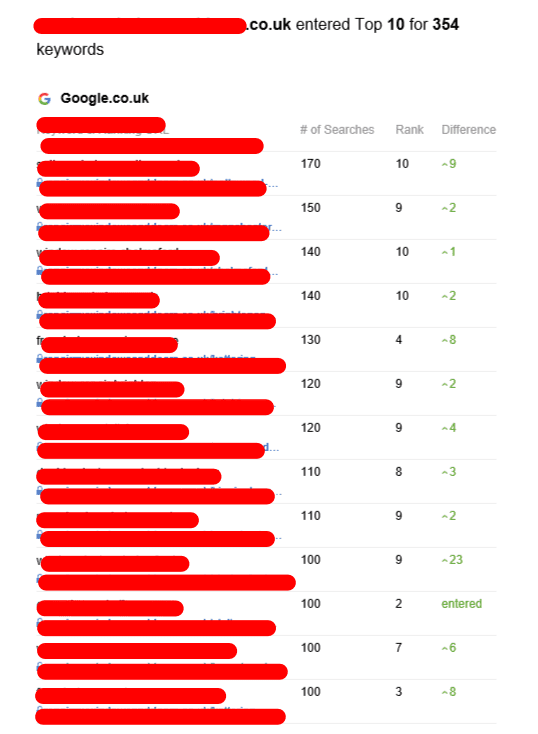Tiered Link Building - How to Avoid a Google Penalty
Tiered link building is a powerful tool that helps websites boost their search engine rankings. It should be used in a manner that is safe. Otherwise it could result in an Google penalty.
Tiered link building involves using multiple levels of backlinks to improve the ranking of a website. This strategy is utilized by many SEO experts and link building agencies.
First-tier links
Tiered link building is an effective SEO strategy that will help increase your search engine ranking. However, it's important that you know how to use tiered links properly to avoid penalties from Google. This can be achieved by using tiers within your backlink pyramid. You can also use other SEO tactics, such as the editing of niches and broken link building.
The first layer of links in a tiered linking strategy should come from high-quality sites that have an authority in the domain and a PageRank that is higher than your own. This will give you the highest chance of ranking over the long term. Links from poor quality websites can affect your rankings and raise red flags. Avoid linking to sites that do not have any connection or only contain links.
You can also develop your first level by using forums and wikis with a lot of user-generated content. This can be a great way to get high-quality links that are relevant and relevant. However, it is important to keep in mind that these kinds of links might not transfer the same amount as those from a quality website.
You can also utilize a tool like HARO to find out what subjects journalists are interested in. This is a great way to build your first link tier in a natural manner without breaking any rules. Make sure to only link to trusted websites that are related to your business.
Second-tier links
SEO companies and site owners make use of tier link building in order to boost their rankings on search engines. However, it is a risky method that could result in Google penalties. Tiered links are backlinks which point to third-party websites, which give your website authority. These backlinks are used to pass link equity to your primary web pages, and they can help you rank higher in SERPs. However, this approach is time-consuming and expensive. It could also be difficult to get to the tipping point in search engine rankings.
tier 2 link building tend to be of lower quality than the first tier, however they can nevertheless help boost organic rankings and increase authority on the domain. Moreover, they can even help make Tier 1 backlinks more effective by reinforcing their value. Tier 2 backlinks can be either dofollow or do not follow but dofollow has the top priority.
There are a variety of ways to generate Tier 2 backlinks, including guest posts, citations and citations in niche-based articles. You can also create links by using link roundups or directories for articles. It is essential to make use of URLs that are relevant to the context. Also, avoid using low-quality backlinks that could be considered spam by Google. Such techniques can quickly turn into a black-hat tactic that can be penalized.
Third-tier links
Tiered link building is a potent tool for SEOs to rank their websites on results pages of search engines (SERPs). But it can also be dangerous if done improperly. If Google finds that you are using tiered links, it could punish your website or eliminate it completely from the search engine. There are fortunately ways to avoid this fate.
The third level is where things can begin to get messy. Here, marketers use third-party tools to create backlinks that are large. These can include blog comments, poor quality directories, bookmark sites, wikis, and other user-generated content. These backlinks are intended to increase the PageRank and authority of your first-tier link.
They can be traced back to their origins which makes them more risky than organic counterparts. They don't also boost PageRank also. Google's algorithm is getting more sophisticated and low-quality websites are losing their value (even even if they're not follow).
Marketers should be cautious when creating links for third-party services to avoid issues. They should only use reputable third-party service providers with excellent track history. They should also avoid making use of any automation tools since they can create issues. If Google detects that you are using automation, it may issue a manual penalty, which can dramatically decrease your ranking. It is important to select an SEO agency that has experience with tiered link development.

Fourth-tier links
Tiered link building entails the creation of a pyramid. This method allows websites with more authority, which are more authoritative, to pass on link juice to pages with lower authority which can then rank for certain keywords. This technique can improve web traffic and rankings over time. However it is important to be aware that it can be risky to use tiered hyperlinks for your entire website or for just one web page.
To avoid this, you must ensure that your tier-2 links originate from multiple sources. Google might penalize your website when your tier-2 backlinks are all from the same source. It is also crucial to avoid linking to spammy websites, as this will hurt your website's reputation.
In addition to guest blogging Tier 2 links can be acquired through paid advertisements or by sending quality content to high-authority websites. You can also submit an article to HARO. This service will send emails on a wide range of subjects to journalists. You can provide them with the details they require to write their article.
However this method of link building is not a long-term approach. Google's algorithms are constantly being upgraded, and it's becoming increasingly difficult to make links from poor quality sources. Search engines are also better in detecting links that are automated. Therefore, it is likely that tiered linking will eventually go away.
